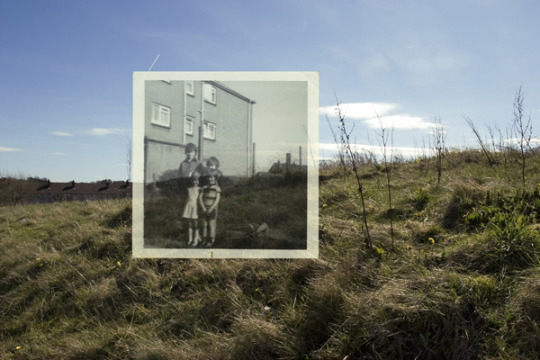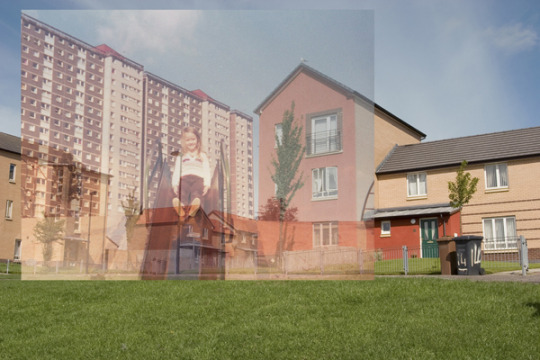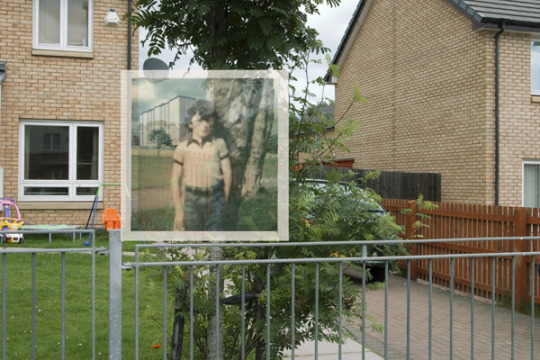Link
0 notes
Text
Empirical Research
Empirical research is research using empirical evidence. It is a way of gaining knowledge by means of direct and indirect observation or experience. Empiricism values such research more than other kinds. Empirical evidence (the record of one’s direct observations or experiences) can be analyzed quantitatively or qualitatively.Quantifying the evidence or making sense of it in qualitative form, a researcher can answer empirical questions, which should be clearly defined and answerable with the evidence collected (usually called data). Research design varies by field and by the question being investigated. Many researchers combine qualitative and quantitative forms of analysis to better answer questions which cannot be studied in laboratory settings, particularly in the social sciences and in education.
0 notes
Link
(This interview was originally conducted for an article published in Dazed & Confused; in conjunction with The Photographers' Gallery and the Deutsche Borse Photography Prize 2011.)
AS: Aaron Schuman JG: Jim Goldberg
AS: How did you first get involved with making work about people who are marginalised or on the edges of society?
JG: I’ve always been interested in perceptions and creations of the ‘other’, maybe because I felt that way as a teenager. I first began working with displaced or forgotten people – people on the edge – during Rich and Poor, which I started 1977. My understanding of outsider situations then grew with the projects that followed: Raised by Wolves, Nursing Home and Race. So it was natural that I felt a gravitational pull towards issues of displacement in Europe. I had a sense that the refugee, immigrant and trafficked people’s stories were not being told, and that their perceptions were not being observed and considered.
AS: How does that factor into the idea of you as a photographer? Considering the ways in which you incorporate text and involve your subjects in the images themselves, you’re obviously aware of notion that the photographer could easily be seen as speaking for the subject, and highlighting their ‘otherness’ – in a sense, distancing them even further from the viewer. So I’m curious how you first came to the realisation that maybe you could incorporate text or markings by the subjects themselves.
JG: I think that, with all my projects, I’m kind of obsessed with this idea of total documentation, which started out with when I began integrating my subjects’ writing on the images – which first happened in Rich and Poor. And then I enlarged it by having black and white images with text, and then including colour, video, then audio and then ephemera and using installation – especially in Raised by Wolves. That said, I think that it’s just been the way that I’ve always worked. I’ve always approached my projects using a variety of mediums, and I try to use them with some purpose.
AS: What purpose does the photograph serve in that respect? And what do you feel your role is as the photographer? J
G: Being a photographer is where I started, and it’s mutated from there. The photograph is kind of a proof – a proof that I actually met these people, that they actually have lives, and that they’re worth considering. When I take a photograph, I use film and I make contacts in order to look at them – ‘proofs’. And it’s a really interesting play on the word – the image is proof. You know what I mean?
AS: Yes, absolutely; that makes perfect sense. The photograph acts as a kind of evidence as much as anything else, or at least a part of the evidence.
JG: It’s a part of the evidence. I’m not saying it’s the truth – it’s part of the evidence.
0 notes
Link
0 notes
Link
0 notes
Link
0 notes
Link
0 notes
Link
0 notes
Link
0 notes
Link
0 notes
Link
0 notes
Link
0 notes
Link
A loss of meaning ensues as family photographs come into public circulation and display, and the question of how memory endures within this process has become of increasing concern. Retaining photographic materiality, along with original meanings previously associated with images, has been presented as one way of defending against loss. This paper argues that this involves a particular dynamics of object-relating, which is important to consider. What is documented here is how a new cultural treatment of family photographs, within photographic theory and practice, performs a heightened fidelity to the photographic object, which can be challenged on certain grounds. The article takes as its particular focus the artistic adoption of images as “found photography”, where the provenance of the photograph is unknown. Rather than being concerned with defending against the loss of meaning that arises through the public-artistic appropriation of such material, I prefer to see the photograph as a “transitional object” and argue for both a greater recognition of the complexities of the process of appropriation, but also for an unbounded notion of “use”, as a means of releasing the potential of the “found” photograph, as a point of imagining for new realities.
0 notes
Link
0 notes
Link
0 notes


